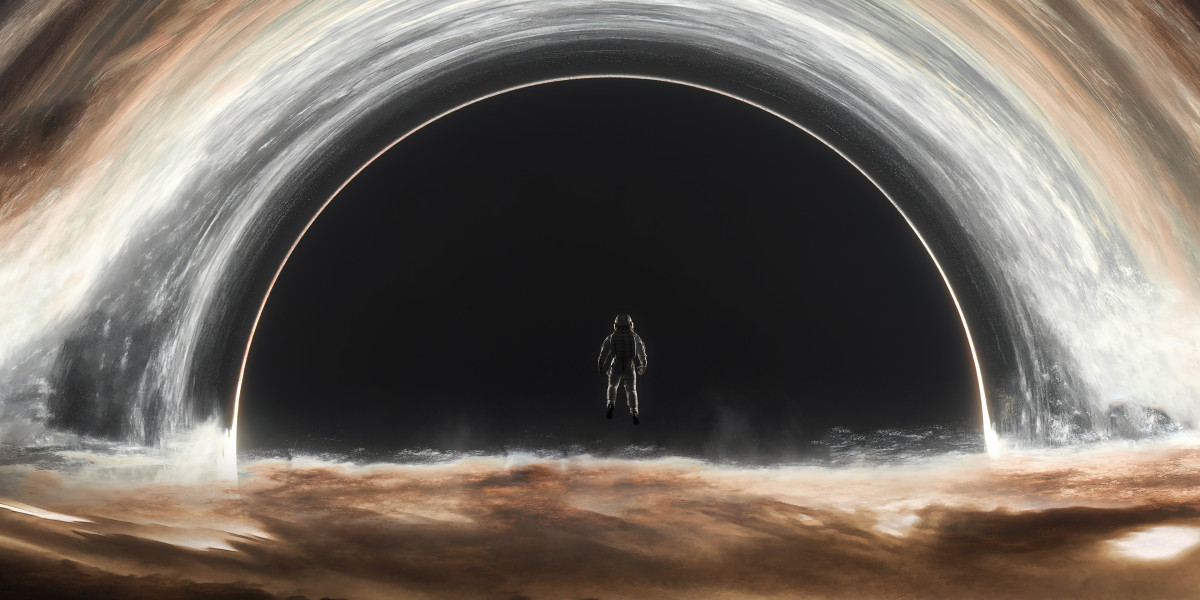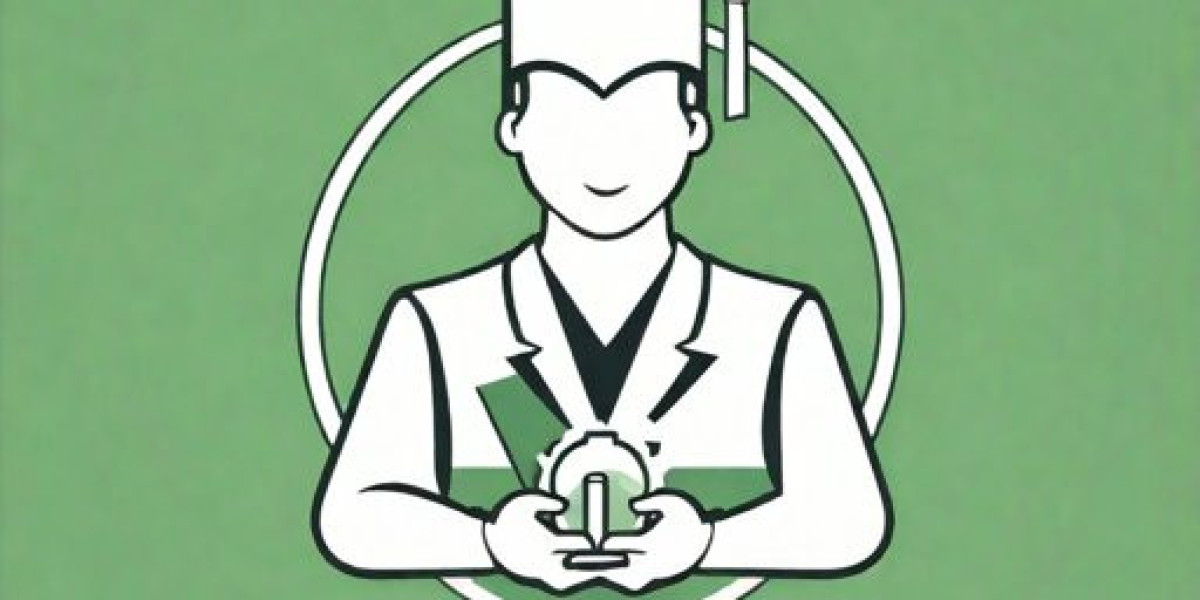When it comes to the world of diamonds, the ability to distinguish between natural and lab-grown stones is of utmost importance. Gemologists play a crucial role in this process, utilizing a range of techniques to detect the origin of a diamond. In this article, we will delve into the fascinating world of gemology and explore the methods used to identify lab-grown diamonds.

The Importance of Distinguishing Lab-Grown Diamonds
Before we delve into the techniques used by gemologists to detect lab-grown diamonds, it's essential to understand why this distinction is so significant. Natural diamonds are formed deep within the Earth's mantle over billions of years, making them incredibly rare and valuable. On the other hand, lab-grown diamonds are created in a controlled environment, mimicking the natural process but at a much faster pace. While lab-grown diamonds are chemically and physically identical to natural diamonds, their value and rarity differ significantly. Therefore, the ability to accurately identify the origin of a diamond is crucial for both consumers and industry professionals.
Decoding the Secrets: Techniques Used by Gemologists
Gemologists employ a variety of techniques to differentiate between natural and lab-grown diamonds. One of the most common methods is spectroscopy, which involves analyzing the interaction of diamonds with different types of light. By examining the absorption and emission of light, gemologists can identify unique features that distinguish natural diamonds from their lab-grown counterparts. Additionally, advanced imaging techniques such as photoluminescence and UV fluorescence are used to reveal the growth patterns and inclusions within a diamond, providing valuable clues about its origin.
Advanced Testing Equipment
In recent years, the development of advanced testing equipment has revolutionized the field of gemology. One such innovation is the DiamondView machine, which utilizes shortwave UV light to detect differences in the crystal structure of natural and lab-grown diamonds. This cutting-edge technology allows gemologists to visualize the growth patterns and trace elements within a diamond, providing definitive evidence of its origin. Furthermore, the use of Raman spectroscopy has become increasingly prevalent in the industry, enabling gemologists to analyze the unique spectral fingerprint of a diamond and determine whether it is natural or lab-grown.
Evolving Techniques and Challenges
As technology continues to advance, so too do the techniques used by gemologists to detect lab-grown diamonds. However, this progress also presents new challenges, as manufacturers of lab-grown diamonds strive to create stones that are increasingly difficult to distinguish from natural diamonds. This ongoing cat-and-mouse game between gemologists and diamond producers underscores the need for continuous innovation and adaptation within the field of gemology. It is a testament to the skill and expertise of gemologists that they are able to stay ahead of these advancements and maintain the integrity of the diamond industry.
In conclusion, the ability of gemologists to detect lab-grown diamonds is a testament to the remarkable advancements in the field of gemology. Through the use of sophisticated techniques and cutting-edge technology, these professionals play a vital role in upholding the integrity and value of natural diamonds. As the industry continues to evolve, so too will the methods used to identify the origin of diamonds, ensuring that consumers can make informed decisions when purchasing these timeless treasures.








